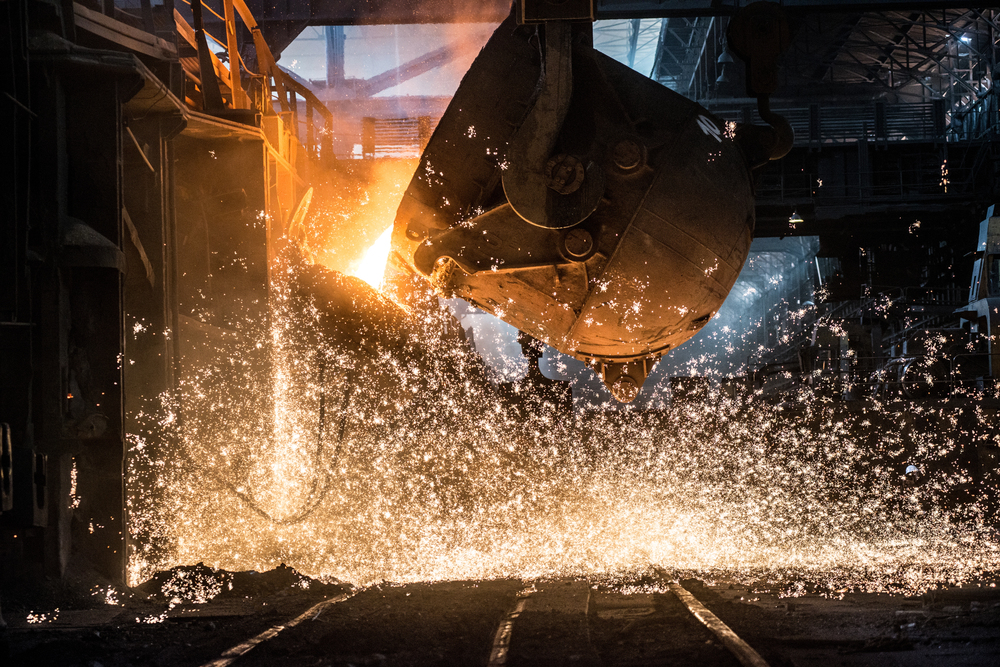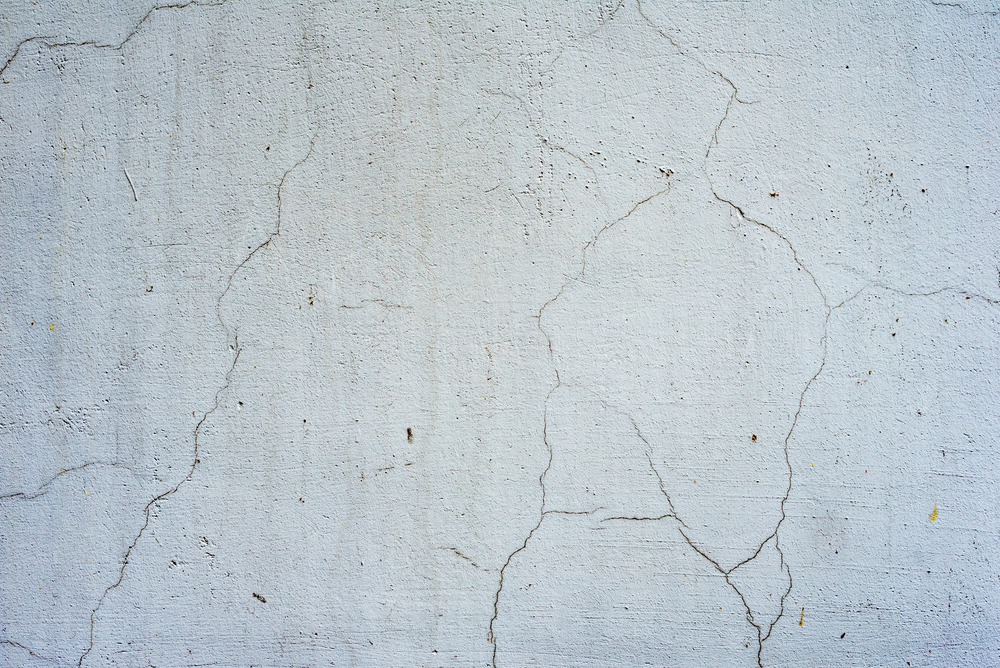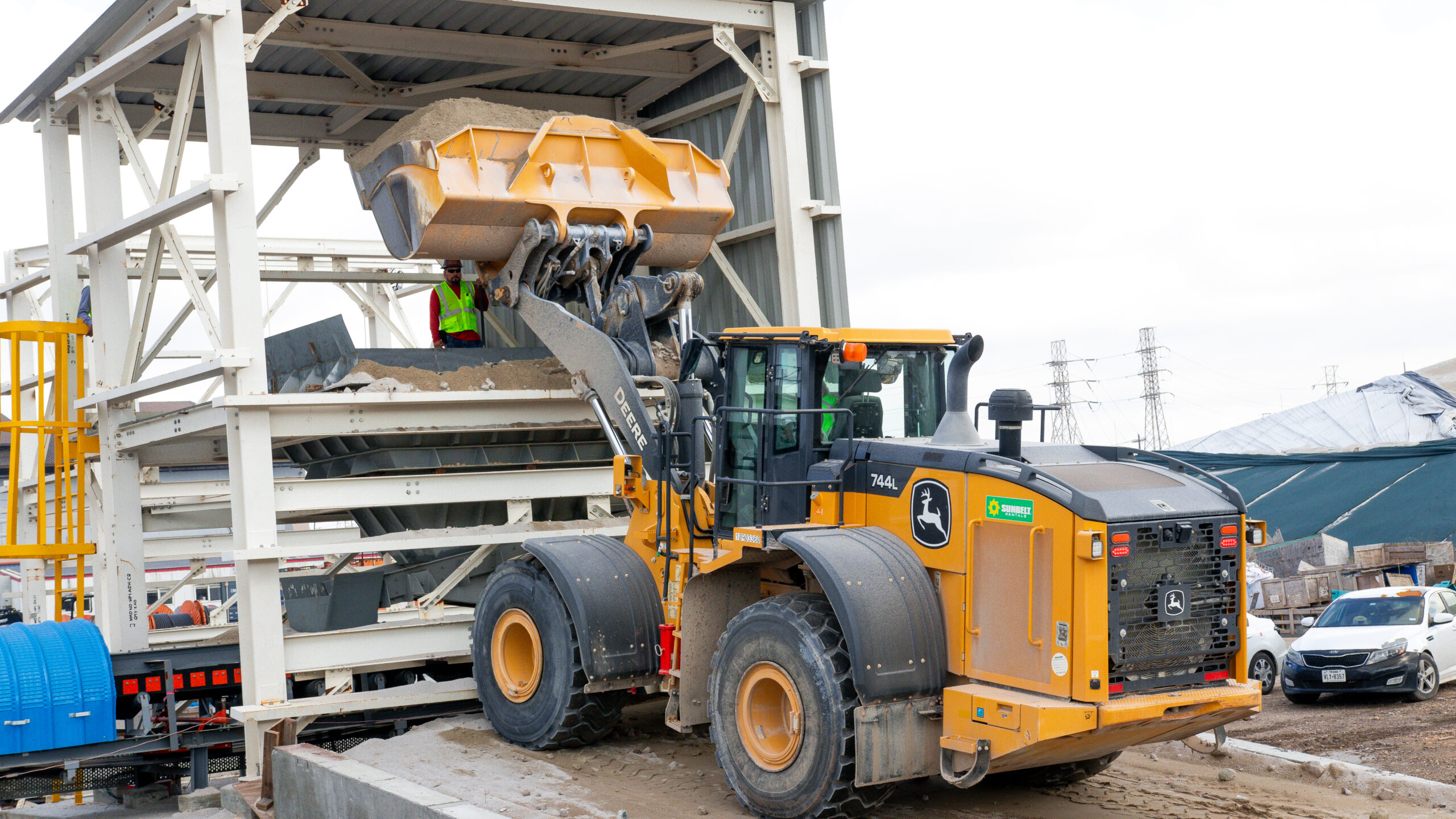Slag, specifically Ground Granulated Blast Furnace Slag (GGBFS), is a byproduct of the steel-
making process. Here’s a simplified explanation:
- Iron Production in Blast Furnace:
○ Raw materials like iron ore, coke, and limestone are heated in a blast furnace.
○ The iron ore melts, separating into molten iron and impurities.
○ The impurities, combined with the limestone, form a molten material known as
slag. - Granulation:
○ The molten slag is rapidly cooled using water or air, which solidifies it into a
glassy, granulated material.
○ This rapid cooling is essential for producing a reactive material suitable for
cement. - Grinding:
○ The granulated slag is dried and ground into a fine powder to produce GGBFS.
○ The fine particles make it suitable for blending with cement or concrete.
Are There Limitations on Metals Used to Make GGBFS?
- Iron-Based Slags Only:
○ GGBFS is specifically derived from blast furnaces used in iron and steel
production.
○ Slags from other metallurgical processes, like copper or nickel production, are
chemically different and unsuitable for cement use. - Contamination Control:
○ Slag used for GGBFS must have minimal contamination from heavy metals or
impurities like lead or arsenic, which could affect its cementitious properties and
environmental safety.
○ Quality control ensures the chemical composition (e.g., CaO, SiO₂, Al₂O₃)
remains consistent for construction applications.
Is Making Slag Harmful to the Environment?
The production of slag itself is a byproduct of steel-making, so its environmental impact is tied to the steel industry. However, converting slag into GGBFS has its own environmental considerations:
Environmental Benefits of Slag Use:
- Waste Utilization:
○ Diverts steel-making byproducts from landfills.
○ Reduces waste and aligns with circular economy principles. - Carbon Emission Reduction:
○ Replaces clinker in cement, reducing CO₂ emissions from energy-intensive
clinker production.
○ Helps mitigate the carbon footprint of concrete. - Energy Savings:
○ The granulation and grinding processes require less energy than producing
clinker.
Potential Environmental Concerns:
- Water Usage:
○ Granulating slag requires significant amounts of water, which can strain local
water resources. However, advancements in recycling water are mitigating this
issue. - Energy for Grinding:
○ Grinding slag into fine powder requires energy, though it’s lower than clinker
production. - Steel Industry Dependency:
○ The availability of slag is tied to steel production, which has its own substantial
environmental footprint, including CO₂ emissions, energy consumption, and
mining impacts.
Revolutionizing a Greener Construction Industry
Making slag itself is not inherently harmful to the environment, but is part of a broader industrial
process that has environmental impacts. Converting slag into GGBFS, however, reduces waste,
lowers carbon emissions in construction, and supports sustainable practices. As long as quality
control is maintained and water/energy use is minimized, GGBFS production can be an
environmentally friendly process.
Sathi USA has been leading the revolution to a more sustainable construction technique that benefits the environment and prolongs the life of the concrete structures. Get ahead! Get a quote for high-quality GGBFS




